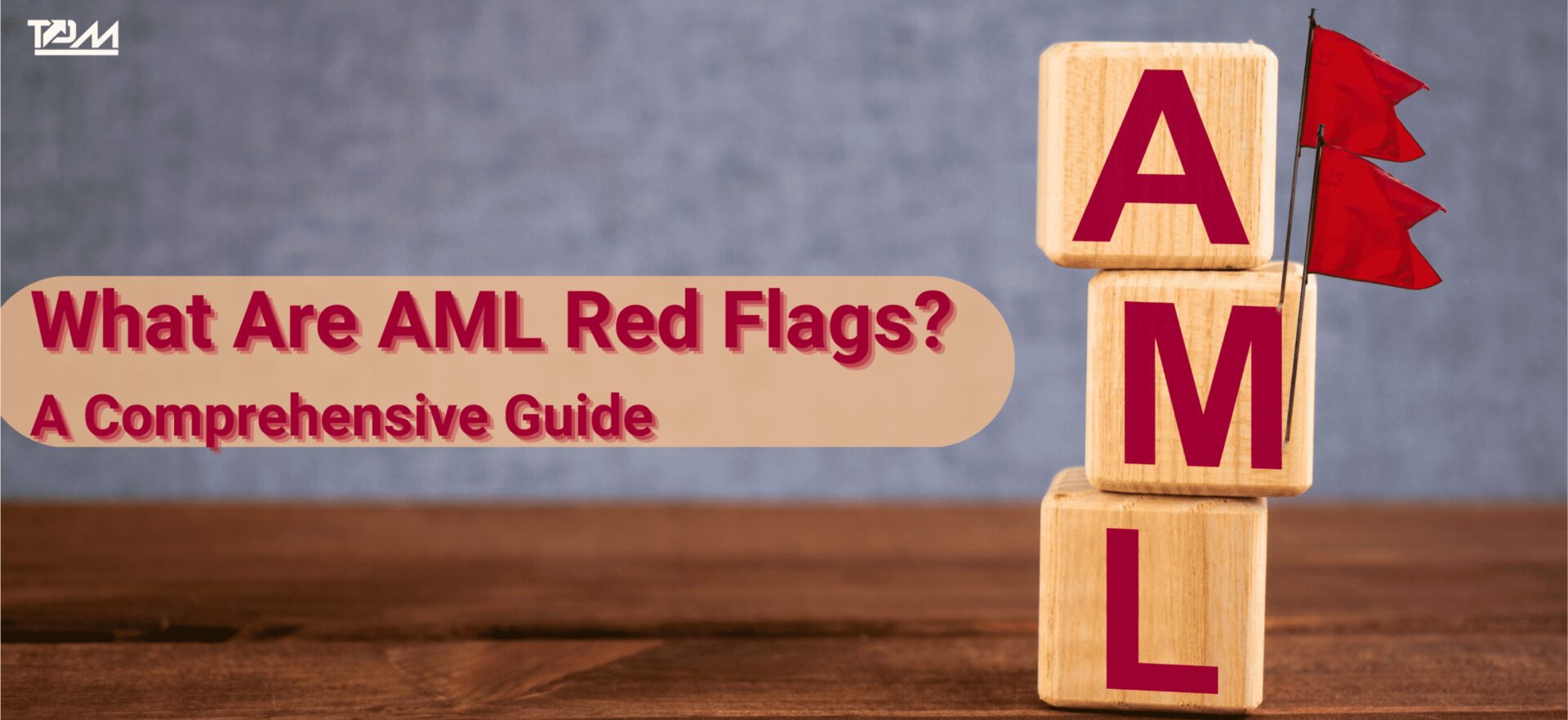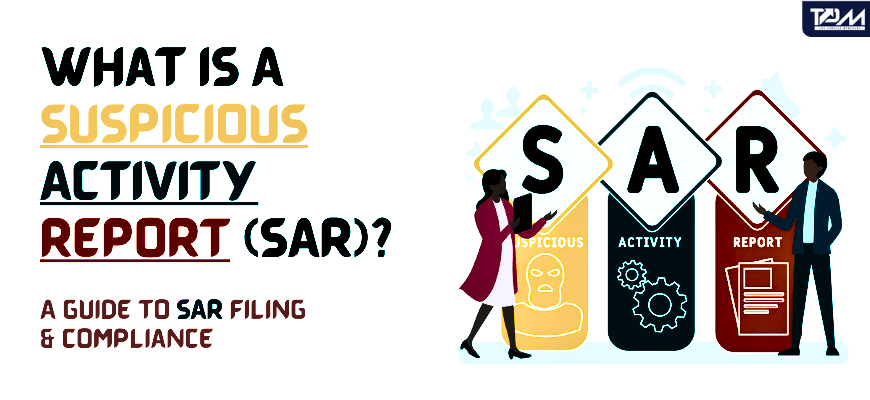What is Suspicious Activity Report (SAR)?
Let’s understand what is Suspicious Activity Report (SAR) in the context of money laundering. Essentially, a SAR acts as a red flag in financial operations, signaling transactions that deviate from the norm, potentially hiding unlawful acts.
The SAR alert acts as a catalyst in combating money laundering. It is filed strategically when a transaction doesn’t quite add up, is atypical for the client, or seems designed to conceal another transaction. The SAR filing process is carried out discreetly to prevent ‘tipping off’—ensuring that the clients remain unaware of the scrutiny their transactions are under.
The responsibility for identifying and reporting lies with vigilant front-line staff, but it is the Financial Intelligence Units (FIUs) globally that dissect these reports. These units operate under the Financial Action Task Force (FATF) Recommendations, recognized worldwide as a standard for anti-money laundering efforts and counter-terrorism financing.
The upcoming sections will look into SARs in financial security and uncover how they work and what they mean. We’ll cover SAR filings and suspicious activity reports in the context of anti-money laundering, i.e., SAR in AML.
Why SAR Filing is So Important?
Suspicious Activity Reports (SARs) are a beacon illuminating potentially illicit transactions that might otherwise remain obscured within the vast sea of financial activities. SAR filing is more than a routine task; it embodies a commitment to diligence and transparency. Failure to file can lead to far-reaching consequences, including money laundering and terrorism financing (ML-TF).
This critical process is underpinned by the guidelines set forth by the Financial Action Task Force (FATF), reflecting a global consensus on the importance of such measures. By submitting SARs, financial institutions affirm their role as watchdogs of economic security, ensuring that their operations are transparent and legitimate.
Let’s reconsider why suspicious activity reports or SAR filing is so important. Envision a scenario where financial transactions go unchecked, potentially funneling funds to support criminal activities clandestinely. SARs serve as a bulwark against this, offering a means to identify, scrutinize, and address unusual financial activities.
For regulated entities, the importance of SARs transcends the mere act of filing; it represents a collective dedication to sustaining a secure and reliable global financial system. This commitment is not solely to their clients but to society at large, defending their platforms from being exploited for nefarious purposes.
SAR In Banking and Financial Institutions
What’s a bank suspicious activity report? When a bank spots a suspicious transaction—say, a sudden massive cash deposit or a flurry of wire transfers—it triggers an alert. This isn’t about nosiness; it’s about safety and legal duty.
Unusual Activity Report: More Than Just Banks
But it’s not just banks on the lookout. Other financial players—like credit unions, insurance companies, high-risk dealers, and even casinos—are in on the action, keeping an eye out for the odd financial blip. And let’s not forget the non-financial firms with cash-heavy operations or those involved in large asset transfers. They’re all part of the SAR squad.
Suspicious Activity Monitoring: Across the Board
All these institutions aren’t just being cautious—they’re required by law to monitor, investigate, and report. Miss this step, and they could be in hot water, facing stiff penalties or worse.
Who Is Responsible for Filing a Suspicious Activity Report
When pondering who is responsible for filing a suspicious activity report, the spotlight falls on the Money Laundering Reporting Officer (MLRO) within financial setups. This key figure, alongside a specialized risk team, diligently monitors transactions for any red flags, embodying the frontline defense against money laundering. Suspicious activity report or SAR filing requirements are binding as part of ML-TF measures.
The MLRO and risk team maintain a vigilant stance while filing suspicious activity reports, weaving a comprehensive security net in collaboration with peers. Their collective efforts, underpinned by a commitment to integrity, play an indispensable role in upholding the financial system’s integrity, with each filed SAR marking a step towards thwarting financial crimes.
In situations where an MLRO and a specialized risk team are not present, the responsibility to report suspicious activity falls on the person tasked with monitoring these activities, ensuring compliance continues uninterrupted.
How Many Days Are Valid to File A Suspicious Activity Report
Financial institutions have a set time frame to file a Suspicious Activity Report (SAR) once they detect transactions or activities that may signal money laundering or other financial crimes. Generally, a SAR must be filed within 30 calendar days following the initial detection of potentially suspicious activity.
However, if the individual or entity involved is not immediately identifiable, this period can be extended by an additional 30 days. This means that in some circumstances, there’s a maximum of 60 calendar days to file a SAR. Financial entities must adhere to these deadlines to maintain compliance and support the broader effort to prevent financial crimes.
It’s also important to note that should the suspicious activity persist; institutions are expected to file continuous activity reports. Typically, for ongoing suspicious activities, a new SAR should be filed at least every 90 days from the date of the previous report.
SAR in AML Regulatory Framework
The importance of SAR in AML regulations is critical for the integrity of global financial systems. An AML Suspicious Activity Report (SAR) is a vital alert within the AML framework, allowing institutions to highlight transactions that may indicate money laundering.
Adhering to these regulations, guided by international standards set by FATF, FinCEN, and various Financial Intelligence Units (FIUs), fortifies defenses against the misuse of financial networks. This process is key to AML protocols, assisting financial institutions in proactively addressing potential financial crimes.
To gain deeper insights into the role of SARs in AML frameworks and understand the compliance landscape shaped by these regulatory bodies, explore the full article on SAR compliance.
Final Thoughts on SAR in Money Laundering
In the context of financial oversight, SAR filing is a decisive step toward transparency, serving as a critical tool for institutions to report anomalous and potentially illicit activity. These reports are integral within the SAR in AML frameworks, acting as a sentinel against the complexities of financial crime.
Each Suspicious Activity Report contributes to a larger matrix, enabling regulatory bodies and law enforcement to unravel intricate schemes and preserve the integrity of the financial system. The diligent submission of these reports underscores a vigilant stance against money laundering, reflecting a commitment to ethical financial practices and societal safeguarding.
Ultimately, the practice of SAR in money laundering is not a mere procedural formality but embodies the financial sector’s resolve to deter and detect financial malfeasance. It underscores an ongoing vigilance, ensuring the financial domain remains fortified against the misuse that undermines economic stability and security.
For financial and regulated non-financial businesses seeking in-depth insights on SAR filing and reporting protocols related to money laundering and terrorist financing, The Perfect Merchant stands ready to provide expert guidance and support.
We’re here to help you confidently manage your compliance requirements. To learn more about what is sar in money laundering (SAR in AML) and for regular overall AML updates, follow our page.
FAQ on Suspicious Activity Reports (SAR) in Money Laundering
What does SAR stand for in money laundering?
SAR stands for Suspicious Activity Report, a document filed with authorities when financial transactions seem unusual or potentially indicative of money laundering or other financial crimes.
What triggers a suspicious activity report?
Triggers include transactions that significantly deviate from a customer’s typical behavior, lack a clear lawful purpose, involve large sums of cash, or are structured to obscure the source of funds.
What are the suspicious activity report requirements?
Filing a SAR requires detailing the suspicious activity, including involved parties, transaction dates, and reasons for suspicion. Records must be retained for a five-year period defined by local regulations.
What happens after a suspicious activity report is filed?
Filed SARs are analyzed by the relevant Financial Intelligence Unit (FIU), which may take further action or collaborate with law enforcement. The filer must keep the SAR confidential to avoid compromising any investigations.
How to write a suspicious activity report?
A SAR should clearly describe the suspicious activity with specific details and evidence, focusing on observable facts and patterns. The narrative should be logical and factual, avoiding speculation.




